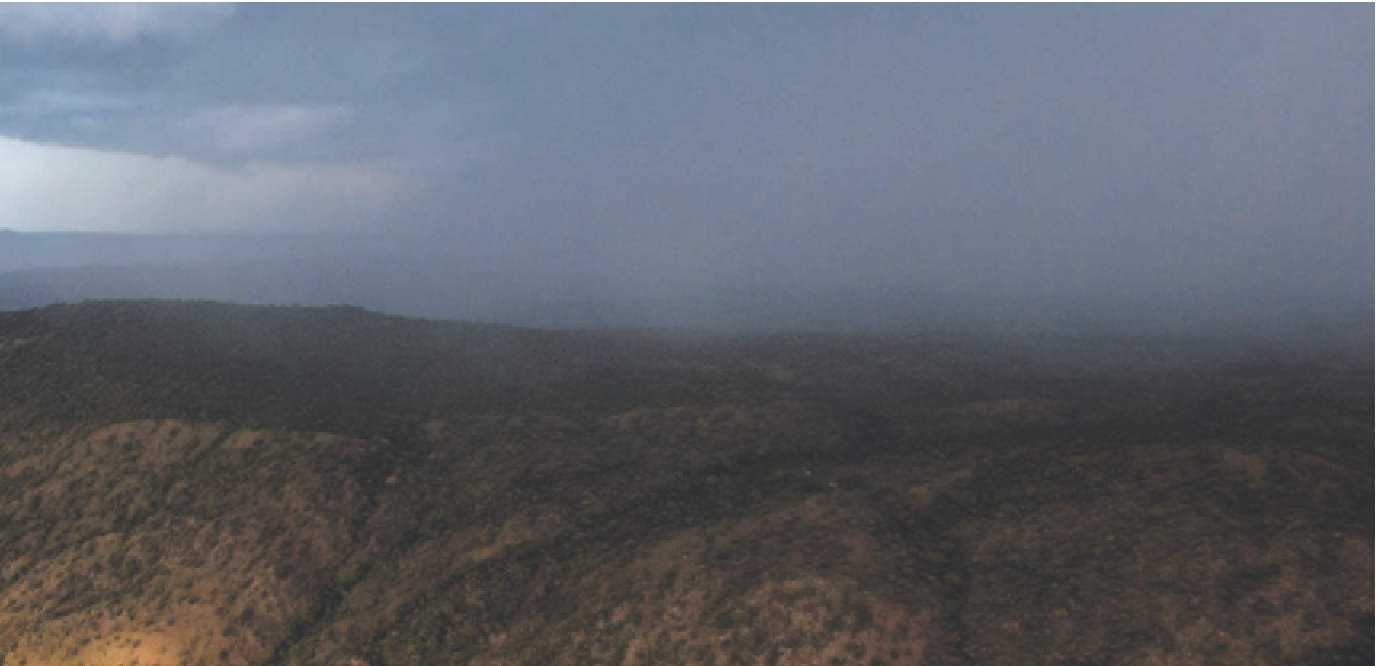Geoscience Reference
In-Depth Information
© Ocean/Corbis
Have you ever wondered why intense thunderstorms develop? This beautiful image shows a beautiful thunderstorm
moving over the eastern shore of Lake Albert in Uganda. This chapter focuses on the various ways that water changes
physical state and how it can occur.
L E A R N I N G O B J E C T I V E S
C H A P T E R P R E V I E W
1.
Discuss the physical properties of water and its three
phases.
2.
Understand the concept of the hydrosphere and
hydrologic cycle.
3.
Compare and contrast the various kinds of humidity.
4.
Explain the concept of dew-point temperature and
why it is an important variable in the hydrologic cycle.
5.
Describe the nature of adiabatic processes and why
the dry and wet adiabatic rates are used in moving
bodies of air.
6.
Explain the various types of clouds and why they
occur.
7.
Compare and contrast orographic and convectional
uplift.
Physical Properties of Water
Latent Heat
The Hydrosphere and the Hydrologic Cycle
Humidity
Atmospheric Humidity
Evaporation
Adiabatic Processes
Adiabatic Processes
Cloud Formation and Classification
Precipitation
Orographic Processes
Convectional Precipitation
Human Interactions: Drought in the U.S.
Farm Belt






















































